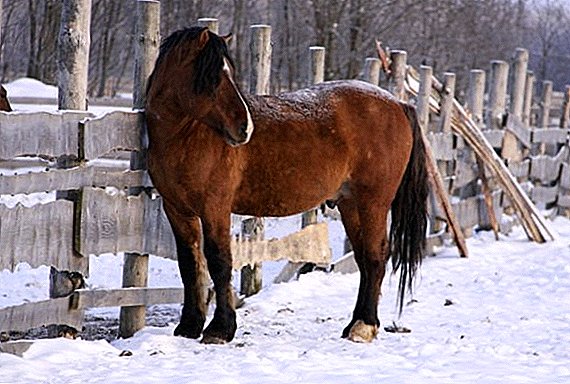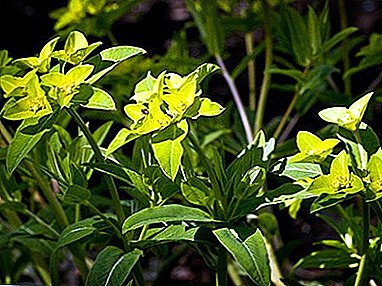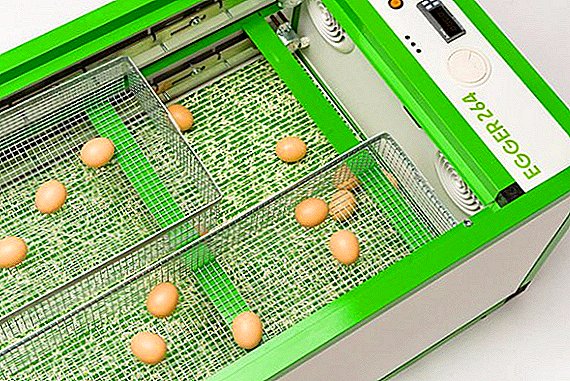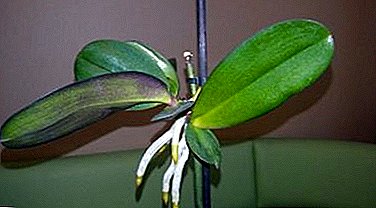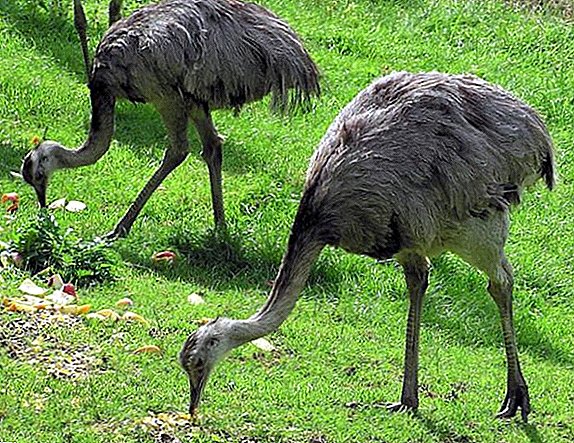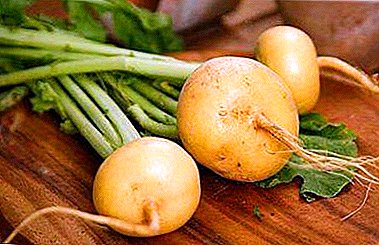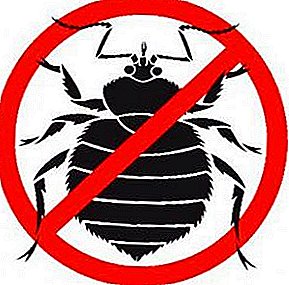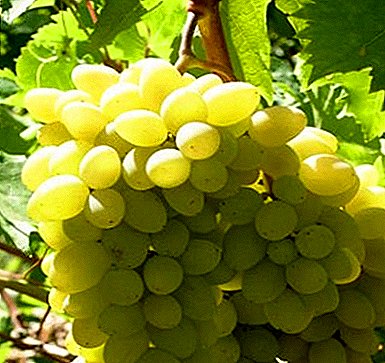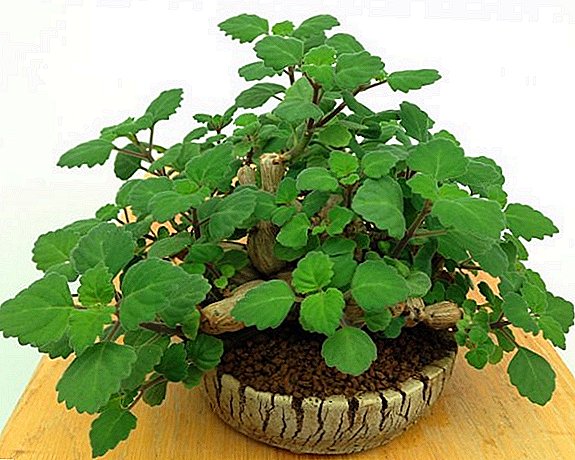 Plekrantrantus fragrant (sporiferous, mint) is a perennial herb of the family Yasnotkovyh.
Plekrantrantus fragrant (sporiferous, mint) is a perennial herb of the family Yasnotkovyh.
In Russia, came from South Africa, also distributed in Australia.
Plektrantus aromatic: chemical composition
Among the components of the plant can be distinguished glycosides, proteins, carbohydrates and even alkaloids. Due to chemical testing, flavonoids, quinine compounds, phenol compounds, tannins and terpenoids, as well as thymol, eugenol, pinene, cyneol and ursolic acid were identified.
Healing properties of plectrantus
 The plant is able to have a diaphoretic and choleretic effect, as well as act as an anti-inflammatory and analgesic drug, has a mild laxative, expectorant and stimulating appetite effect, reduces heartburn and constipation, eases gastritis and rheumatism.
The plant is able to have a diaphoretic and choleretic effect, as well as act as an anti-inflammatory and analgesic drug, has a mild laxative, expectorant and stimulating appetite effect, reduces heartburn and constipation, eases gastritis and rheumatism.
Used as a raw material during the manufacture of cardiovascular drugs, ointments, drops.
Did you know? In enclosed spaces, the plectranthus is able to cope with insects — flies, mosquitoes, moths. One of his Russian names is a flyworm.
How to use plektrantus fragrant in traditional medicine
Plektrantus perfectly proved in traditional medicine. Colds cure tea from the leaves of plectrantus tea, used for fevers, impaired gastrointestinal tract, it relieves irritable bowel syndrome.
Important! One of the main qualities of Plectrantus is a strong sedative effect, therefore it favorably affects the nervous system.
 People suffering from chronic nervous tension, anxiety, insomnia, tea from Plecrantus will also be useful.
People suffering from chronic nervous tension, anxiety, insomnia, tea from Plecrantus will also be useful.
It has an expectorant effect, eliminates mucus and sputum from the lungs, will have a good effect on bronchitis, incessant coughing, bronchial asthma.
Detected diuretic and choleretic effect, help in the treatment of bladder stones and kidneys, marked hepatoprotective effect.
The most popular decoction plectrantus with diarrhea and helminthiasis. Pain in the joints (rheumatoid arthritis) can relieve plectrantus tincture.
As an external application, Plectrantus has established itself as coping with skin ulcers, allergic children's diathesis, skin eczema, and diaper rash.
Having suffered from an insect bite, you should not be afraid - plektranntus struggles with itching, relieves irritation and eliminates swelling.
Important! In India, this plant is cultivated, used against malarial fever, they are stimulated by lactation after birth, and even dandruff is treated with infusion of its leaves.
Fragrant bath with infusion plecrantus with enuresis
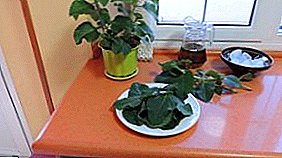 Enuresis is a severe disease of the genitourinary system, which requires complex treatment. Bathing with an infusion of aromatic Plectrantus will have a good effect on enuresis.
Enuresis is a severe disease of the genitourinary system, which requires complex treatment. Bathing with an infusion of aromatic Plectrantus will have a good effect on enuresis.
To prepare a bath is simple: 1 cup of fresh or dried shredded leaves of the plant pour 500 ml of boiled water, infuse for 45 minutes, drain.
Pour the resulting infusion into the water bath. Take a bath in this infusion about half an hour in the evening before bedtime.
However, the shelf life of the infusion is less than a day, which means that each laziness is required to prepare a new infusion. During the procedure, the temperature in the bath should not exceed 30 ° C.
Preparation of raw materials from plectranthus
The raw material for harvesting is called the leaf-covered tops of fragrant plectrantus. The therapeutic raw materials of the Plectranthans are harvested before and during the active flowering phase, and it is then that the saturation of the plant with useful substances is the highest.
It is necessary to make the harvesting on fine dry days when the leaves are protected from moisture. The tops with scissors are cut and dried in the shade, because the sun is detrimental to substances in the leaves and contributes to the secretion of essential oils.
 However, it is impossible to dry plectrantus in dryers, ovens, ovens - plectrantus will lose all vitamins and minerals. If the plant is dried properly, it retains a very noticeable aroma.
However, it is impossible to dry plectrantus in dryers, ovens, ovens - plectrantus will lose all vitamins and minerals. If the plant is dried properly, it retains a very noticeable aroma.
How to use plectrantus in cooking
In different countries of the world, plectrantis aroma is used in cooking - it is a popular additive to various dishes. In Indonesia, it is used as a seasoning for soups and salads, in Thailand and Cuba - added to tea, in Russia - when canning vegetables, and also as a spice for meat and poultry dishes.
Eliminate plectrantus rather sharp specific odor in meat of lamb and fish. A tasty exotic dish is prepared in Jamaica - the leaves are baked in a batter fries. In France, famous for its winemaking, used in the production of liqueurs, syrups, wines.
In Italy, pizza leaves are decorated with plectrant leaves, added to first courses and desserts. All this is possible thanks to the exquisite aroma, delicate taste and bright color.
Did you know? Spanish or French thyme, Cuban oregano, soup mint, Indian borage, Mexican mint are varieties of plecrantus.
Contraindications and side effects when using
 Although the plant has a wide range of use, there are also contraindications for taking Plektranthus. It is forbidden to take it to pregnant and breastfeeding, as well as children under 12 years.
Although the plant has a wide range of use, there are also contraindications for taking Plektranthus. It is forbidden to take it to pregnant and breastfeeding, as well as children under 12 years.
If for some people the sensitivity of the skin is characteristic, contact with the leaves and stalks of room mint will cause a mild degree of dermatitis. Allergy and idiosyncrasy are a major contraindication.
In case of hypotension, perfumed aroma is also harmful: it can reduce pressure to critical values. Undesirable use for people with varicose veins.
You should also normalize the use of sporiflowers, not to take too often - it can provoke heartburn if abused.
Thus, Plektranthus can provide assistance in various aspects of human life, from medicinal to culinary, and believe in esotericism: with its beautiful aesthetic appearance, it will attract fun and luck in all its life endeavors to the house.


